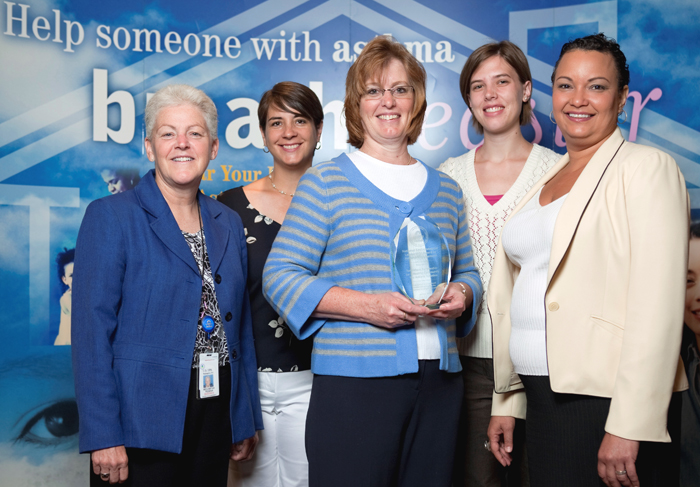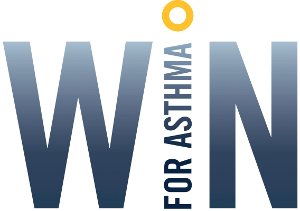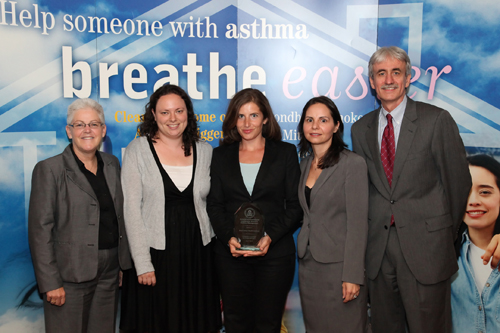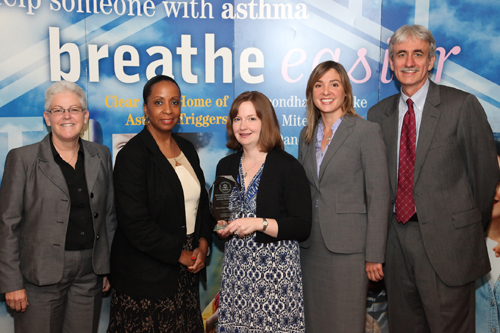Asthma Network of West Michigan (ANWM)
The Asthma Network of West Michigan (ANWM) is a community coalition that provides comprehensive home-based case management to 82,933 children and adults with asthma in West Michigan. ANWM has demonstrated impressive results including improved health outcomes and cost savings. This success has led to a partnership with Priority Health (a winner of the 2007 National Environmental Leadership Award in Asthma Management) who agreed to reimburse ANWM for its home visit program. This partnership with Priority Health is the nation’s first agreement between a grassroots coalition and a managed care plan. ANWM now has contracts with five local health plans and its asthma management program provides asthma education, coordination with health care providers, development of asthma action plans, home environmental assessments, and social service support. ANWM’s comprehensive care costs $2,500 per person annually and has led to a 64 percent decrease in hospitalizations and a 60 percent decrease in ER visits. These improved health outcomes resulted in approximately $800 in net health care cost savings per child per year.
Elizabeth Cotsworth, then Director, Office of Radiation and Indoor Air, U.S. EPA, and Beth Craig, then Deputy Assistant Administrator, Office of Air and Radiation, EPA, and Chris Draft, then NFL player, present Award to (from left to right) Karen Meyerson, Mark Huizenga and Lil De Laat of the Asthma Network of West Michigan (ANWM)





